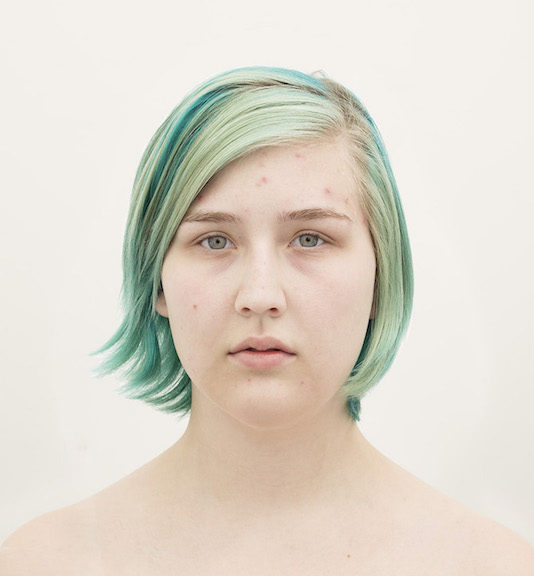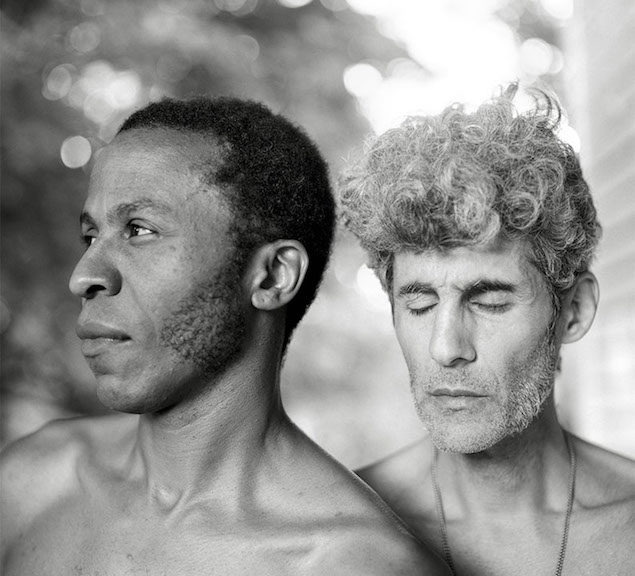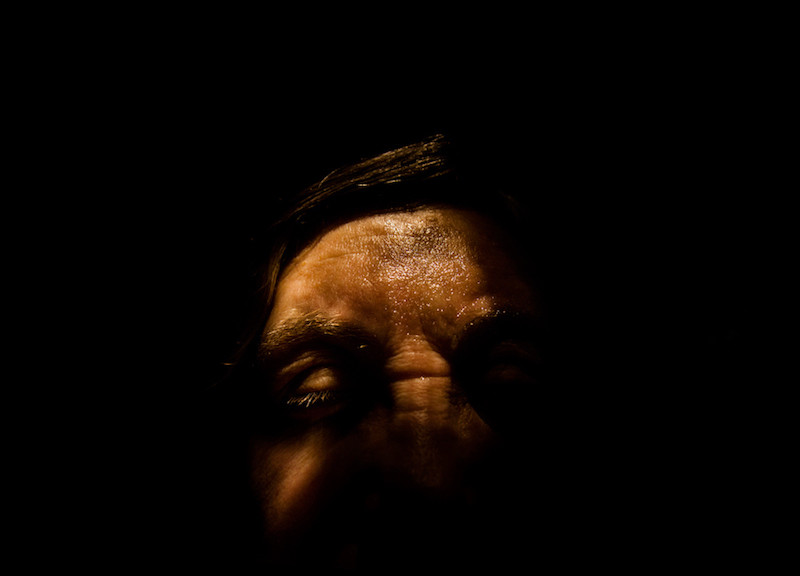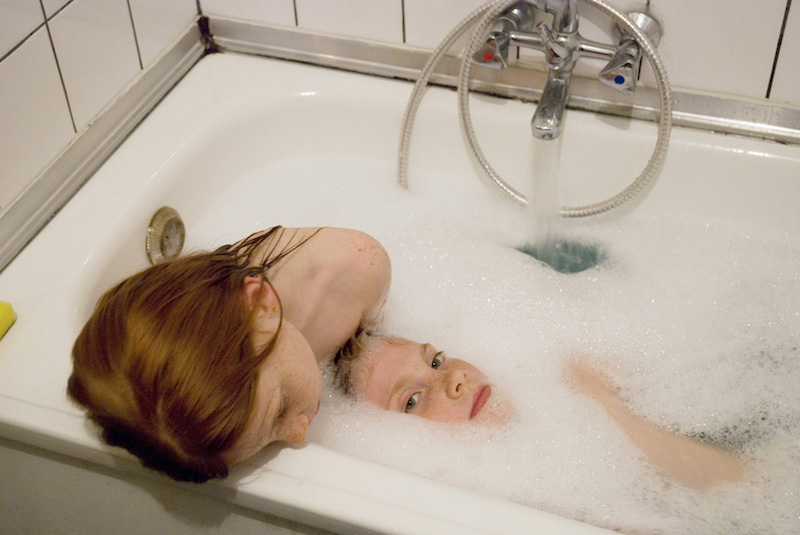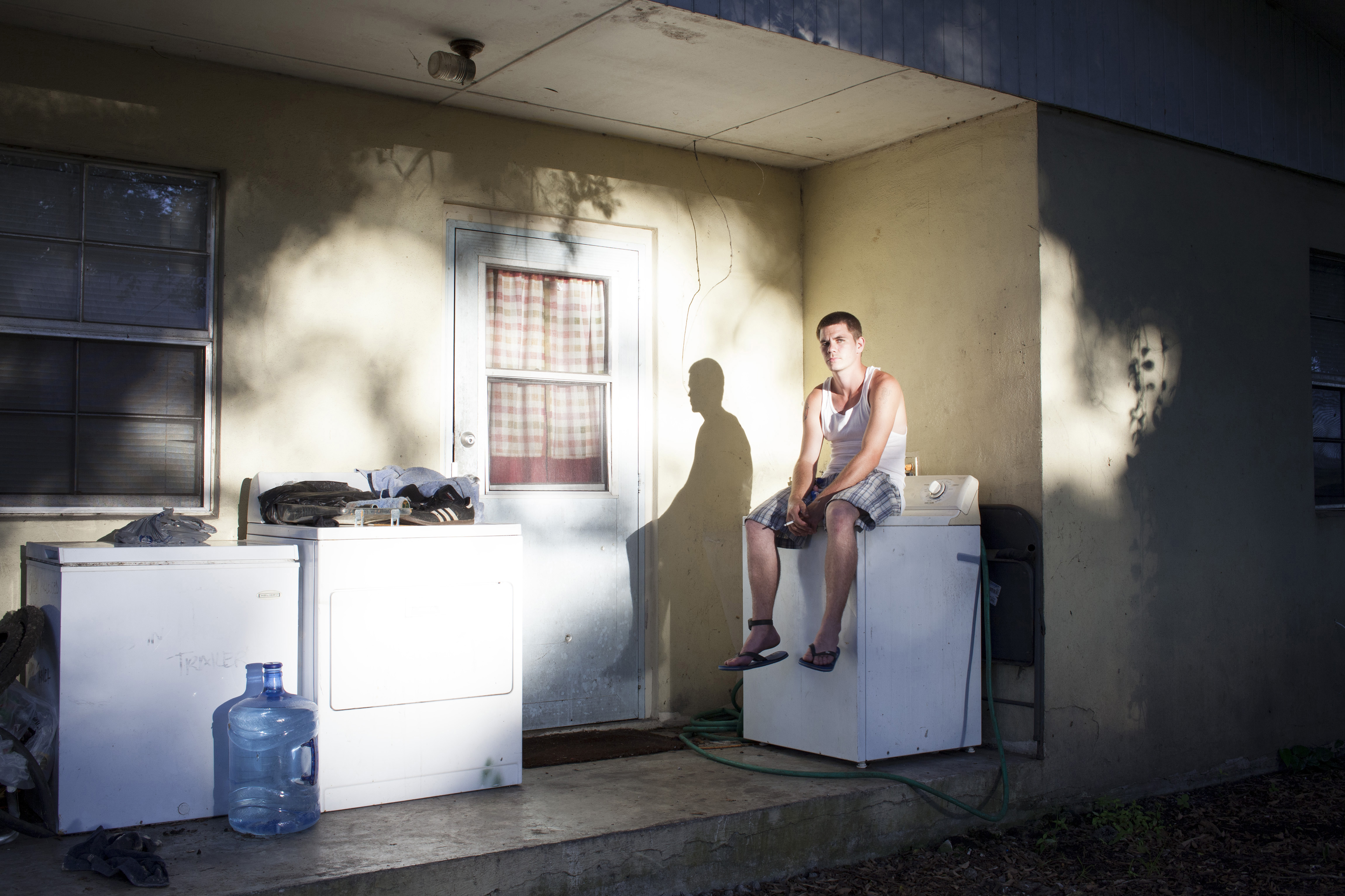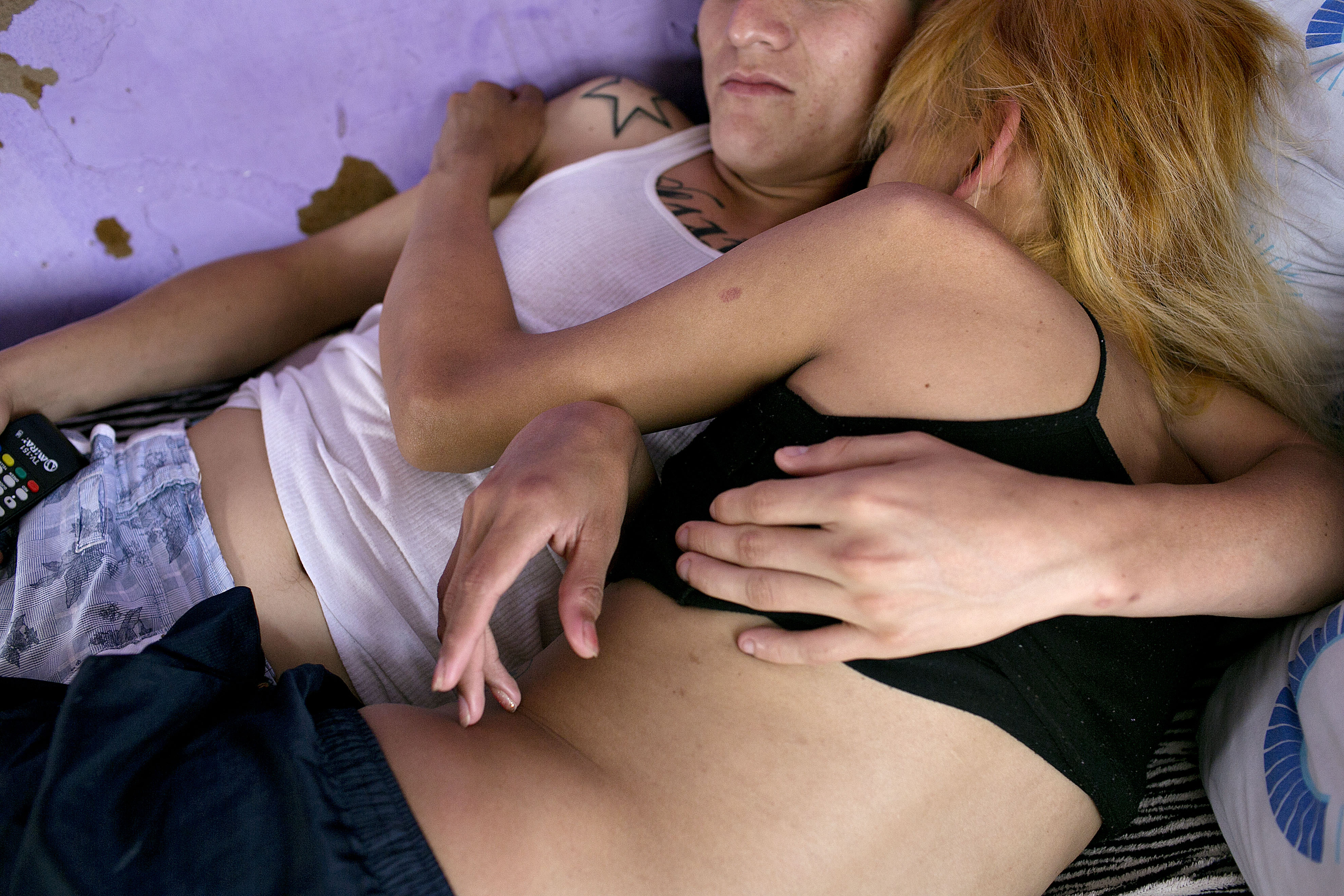Amanda Vincelli (USA): Regimen
[juicebox gallery_id=”14″]
Essay will play automatically, hover over image for additional options
Regimen reflects on processes and outcomes of diagnosis and normalizing perceptions of health. It asks: what is natural? Who and what can we trust? The project explores these questions through the medicinal regimens of one hundred women, ages 21 to 35 — specifically, the motivations behind their often-changing consumption of (or abstention from) pharmaceuticals, supplements, vitamins, and recreational drugs.
The project is comprised of photographic portraits of each woman, still lifes of the medicines they each consume (if any), and written/audio testimonies explaining their respective motivations. These meetings took place from late 2014 through 2015 in New York, Amsterdam, London, Montreal and Los Angeles.
The project focuses on the medicine consumption of women because this is an area where they face special pressures, particularly around reproductive health and body image. Crucially, the project came into being in urban centers where young professionals tend to be subject to high productivity standards. For as much as Regimen is a project about young women, it reflects on a general pressure in ultra-competitive societies for people to outperform their natural dispositions.

